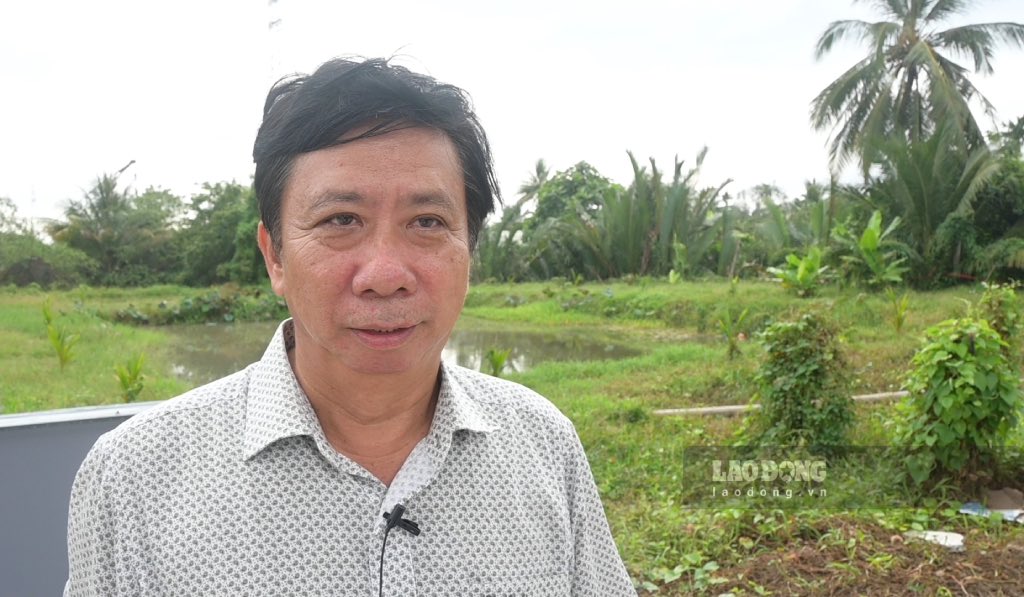National Highway 60 starts from Trung Luong intersection (My Tho city, Tien Giang province), passes through Ben Tre and Tra Vinh provinces and ends in Soc Trang city (Soc Trang province), with a length of about 115km. Because this route is significantly shorter than National Highway 1, vehicles traveling from Soc Trang to Ho Chi Minh City or vice versa often prioritize the choice, so traffic density is increasing. Every day, more than 20,000 cars pass through the Rach Mieu Bridge BOT Toll Station.
In the coming time, when the Rach Mieu 2 bridge project is completed and put into use, there is a risk of traffic congestion at some sections on National Highway 60 through Ben Tre province.

Mr. Cao Minh Duc - Director of the Department of Construction of Ben Tre province - said that it is expected that in September 2025, the Rach Mieu 2 bridge project will be completed and put into use. However, National Highway 60 (near Ham Luong Bridge) has not been expanded synchronously, so there is a risk of traffic congestion.
According to Mr. Duc, previously, Ben Tre province had proposed that the Ministry of Transport (now the Ministry of Construction) allocate capital to invest in 4 national highways in the area. However, the Central Government has handed over these national highways to the locality and requested that the locality arrange capital for investment.
In the coming time, when implementing the merger of provinces, the new province will carry out this work, develop a medium-term plan to allocate capital to invest, upgrade and expand the above national highways.

Director of the Department of Construction of Ben Tre province, Mr. Cao Minh Duc - also added that 4 national highways in the area including 57, 57C, 57B and 60, are currently still congested due to the narrow road surface and have not been invested in synchronously. The upgrading and expansion of the above national highways is not only a technical requirement, but also a legitimate wish of local people and businesses.
"In the context of the three provinces merging into a new administrative unit, developing a medium-term plan to invest in traffic development is a strategic step, to ensure balanced development and maximize the potential of this region," said Mr. Duc.
According to Mr. Duc, national highways 57, 57C, 57B and 60 play a key role in transporting goods and connecting strong localities such as agricultural production, marine economy, etc. Therefore, the completion of these national highways is not only technical, but also a strategic step, creating a foundation for sustainable socio-economic development of the new province after the merger. Thereby, workers, farmers and businesses will directly benefit from infrastructure changes, opening up new opportunities for jobs, income and life.











